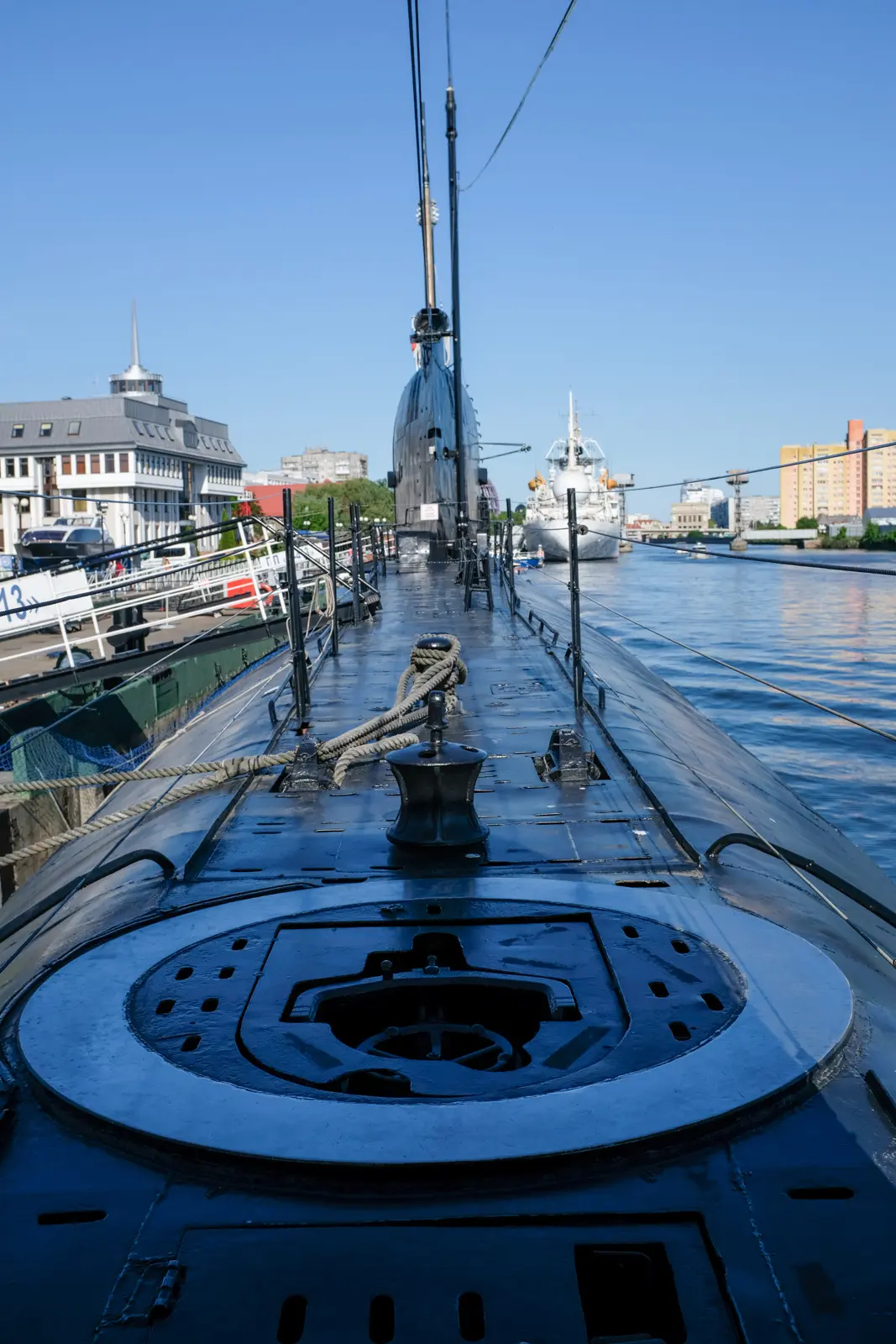11 minute read and 34 images
Countries: China Mongolia Russia
The Trans Siberian: A 7600km Journey from Beijing to Europe
I took the 7600km overland journey from Beijing through Mongolia all the way to Moscow. This is the recap of my journey.
Posted on
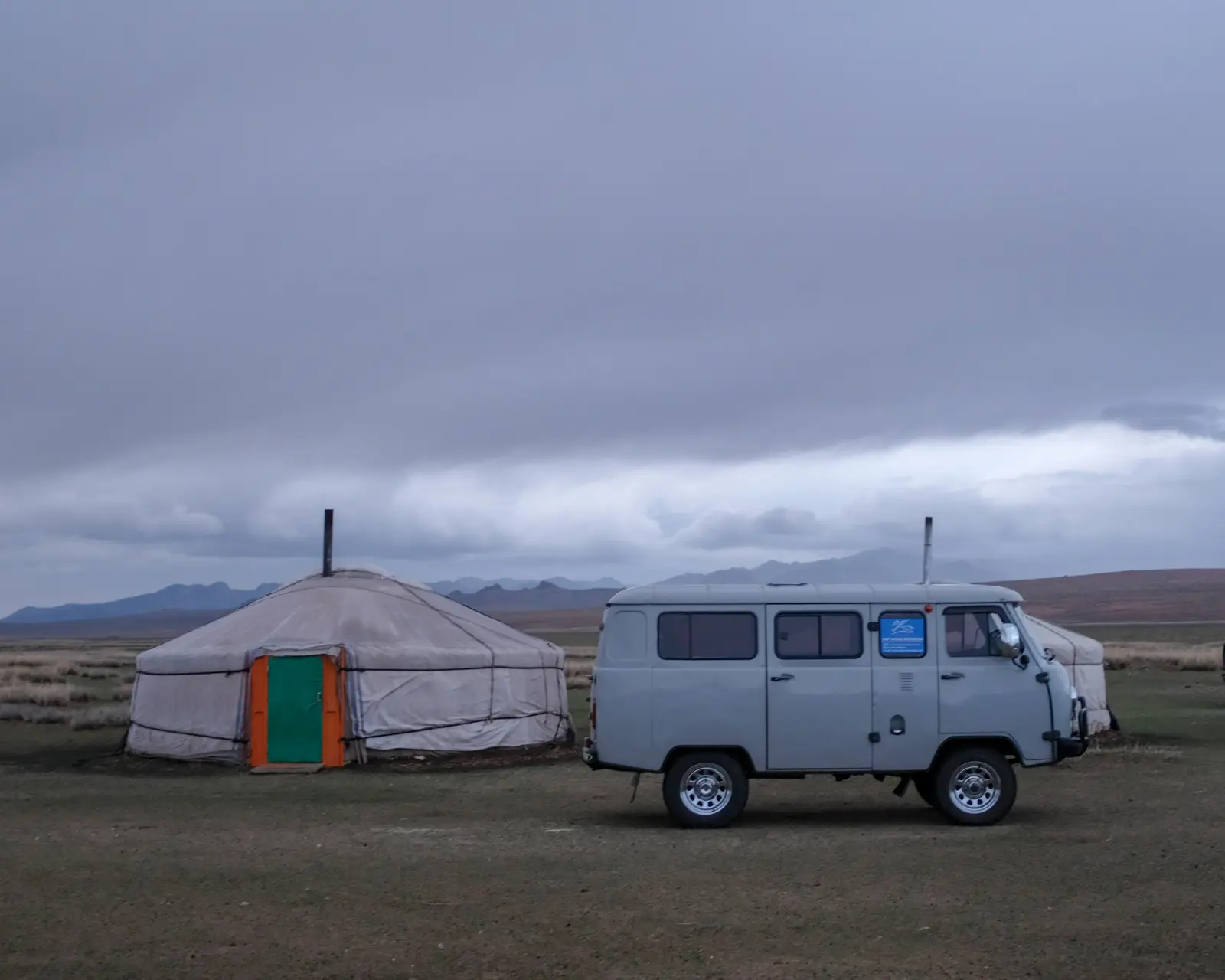
So I had just gotten out a train in Beijing after visiting North Korea for a few days, I was sat in a coffee shop; jobless, homeless and wondering what I should do with my life. It was a national holiday in China and Beijing was super super crowded so I needed to go somewhere else.
I applied for a few jobs and thought to myself; ok, i'm going to Mongolia. I made my way to Hohhot, the capital city of Inner Mongolia, stayed for a few days and applied for a Mongolian visa. If anybody is in China and plans to go to Mongolia, then you should get the visa in Hohhot because it was empty and I got the visa back in a day.
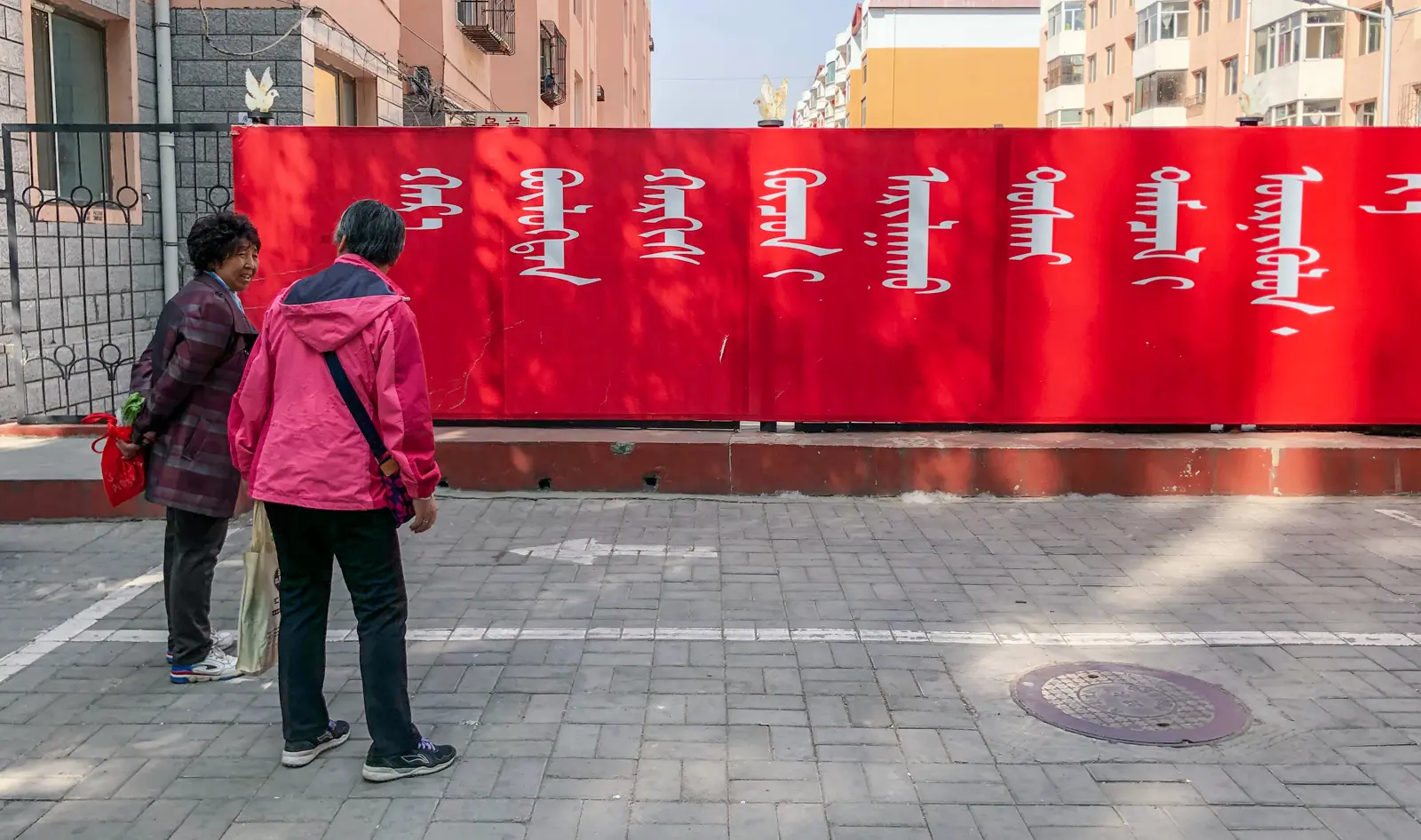
China to Mongolia overland
Hohhot to Erenhot is about 400km drive up to the border of China. Most of the journey is through grasslands which was nice, but not too interesting. As the bus approached Erenhot, we was greeted by 2 giant dinosaur statues kissing overtop of the road and a sandstorm off in the distance. Erenhot is known for a lot of fossil discoveries so it's a fitting entrance to a city.
The bus dropped me at the Chinese/Mongolian border. I find it interesting crossing borders because in the space of 100m everything is completely different. I knew almost nothing about Mongolia so I was nervous to see what was ahead.

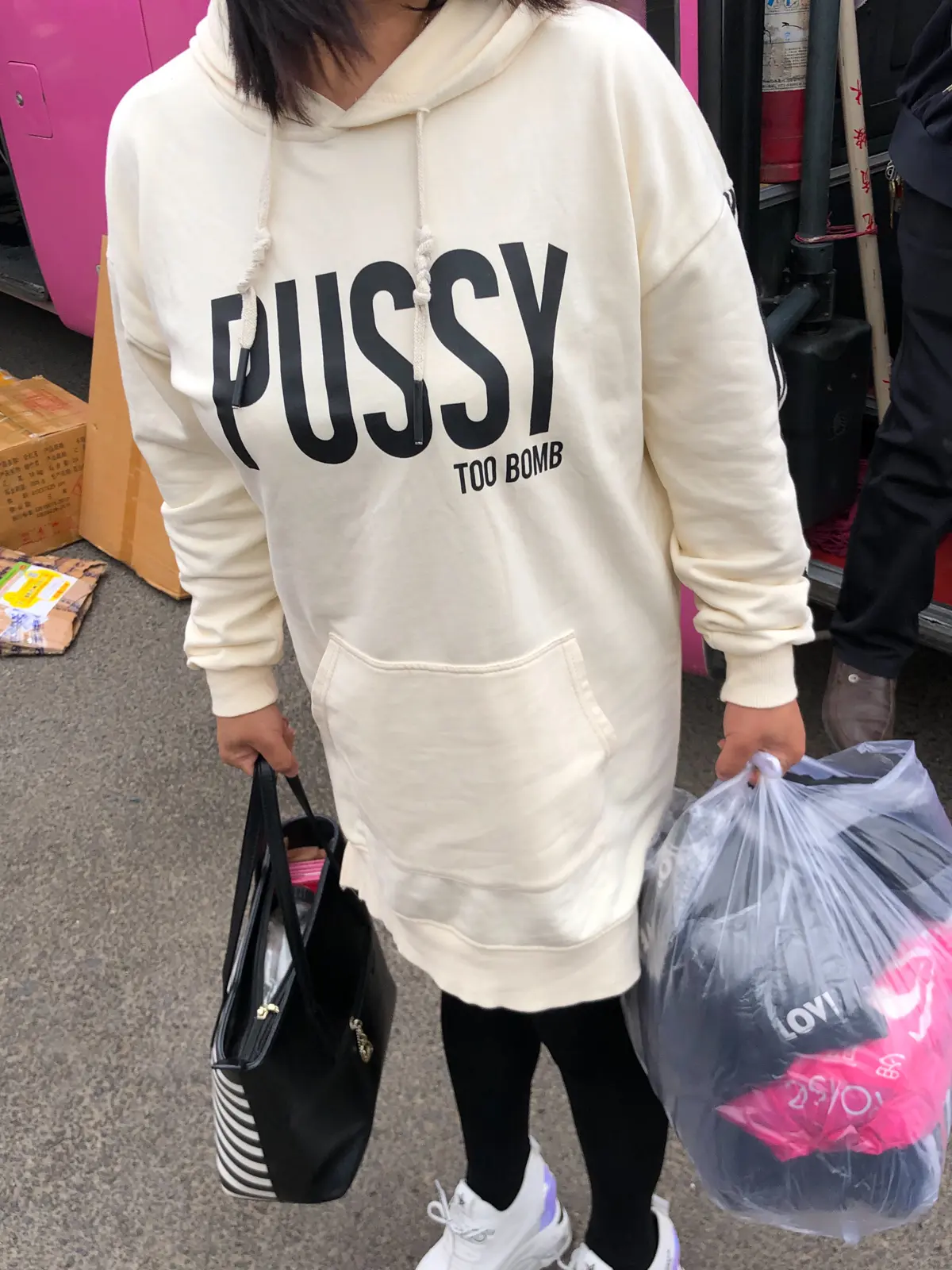
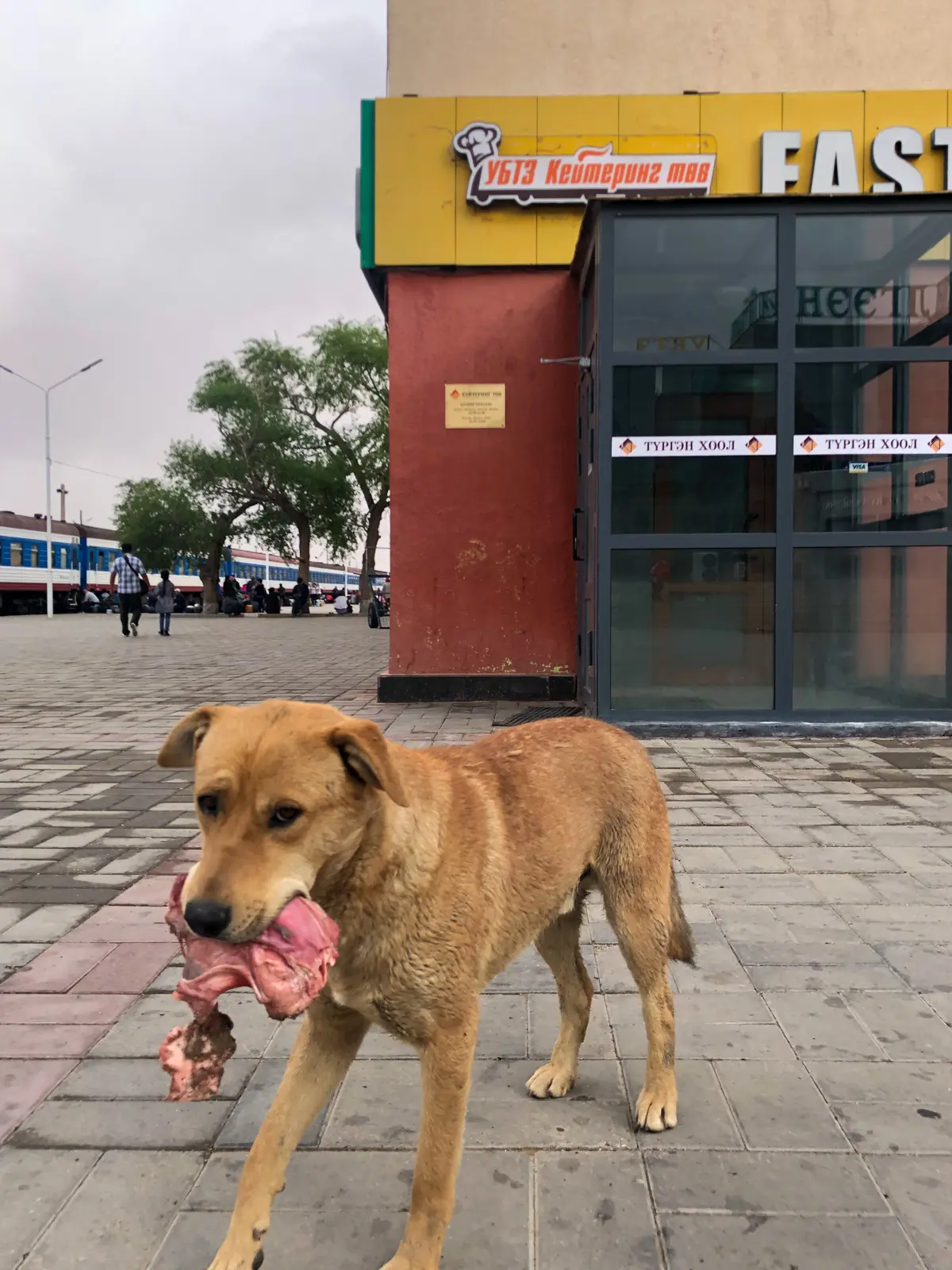
After an easy border crossing; I had no money and the train station was about 5km into the city, but a lady looked at me and said vokzal? (вокзал). I've visited most of the ex-soviet states so I knew this means train station so I replied with yes in Russian and she gave me a free lift. So I had been in the country 10 minutes and already have a good impression of the people.
It turns out the next sleeper train into the capital city, Ulaanbaatar was in an hour; enough time to buy a sim card, get some supplies and get on the train. I sat on a wall eating some Buuz (Mongolian steamed buns) with some mystery meat contents and watched a dog carrying around a big lump of meat while waiting for the train.
Next stop Ulaanbaatar.
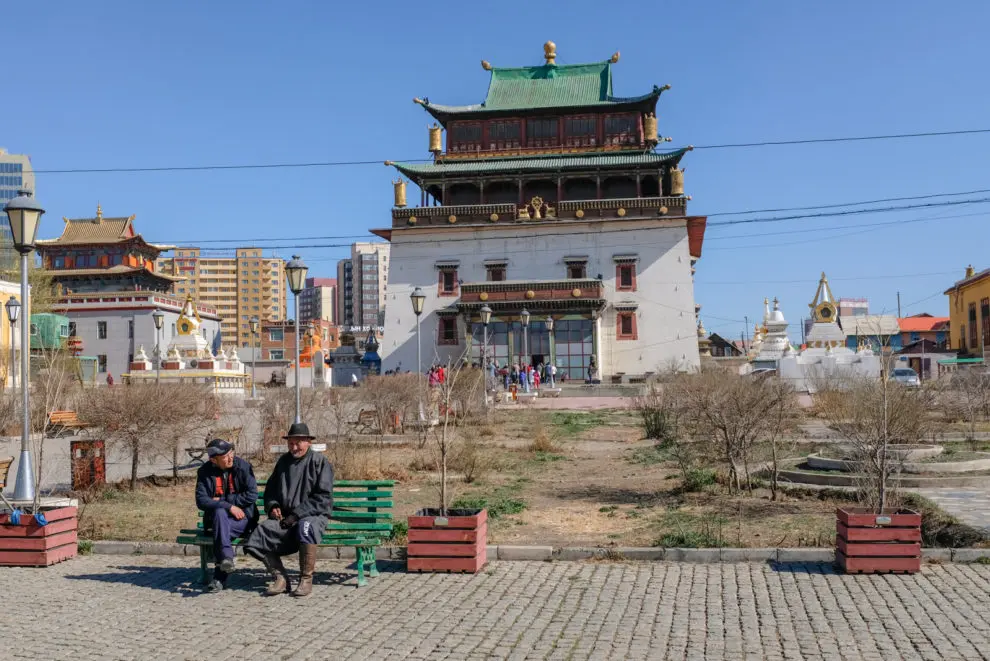
Mongolia
The train up to Ulaanbaatar was frozen solid on one side. A sign it was going to be super cold, but it was the start of summer and I got lucky and the weather wasn't too bad and only saw snow a few times.
On arrival into Ulaanbaatar I had a job interview. I was in Mongolia but I had so many things to do: I needed to prepare for the Russian transit visa, organise a trip to the desert and finish the job interview process. After a few days in Mongolia, I had a new job for a company in Europe, bought a train ticket to Moscow, applied for a Russian transit visa and managed to get onto a tour to the desert.

Central Mongolia
So I managed to find a space on a tour to central Mongolia and it worked out at about $60 a day for everything; transport, food and accommodation.
The tour to the countryside in Mongolia was fantastic and of course, the tour was in the famous Russian UAV bread vans. We stayed in Ghers and ate outside on the steppe every day.

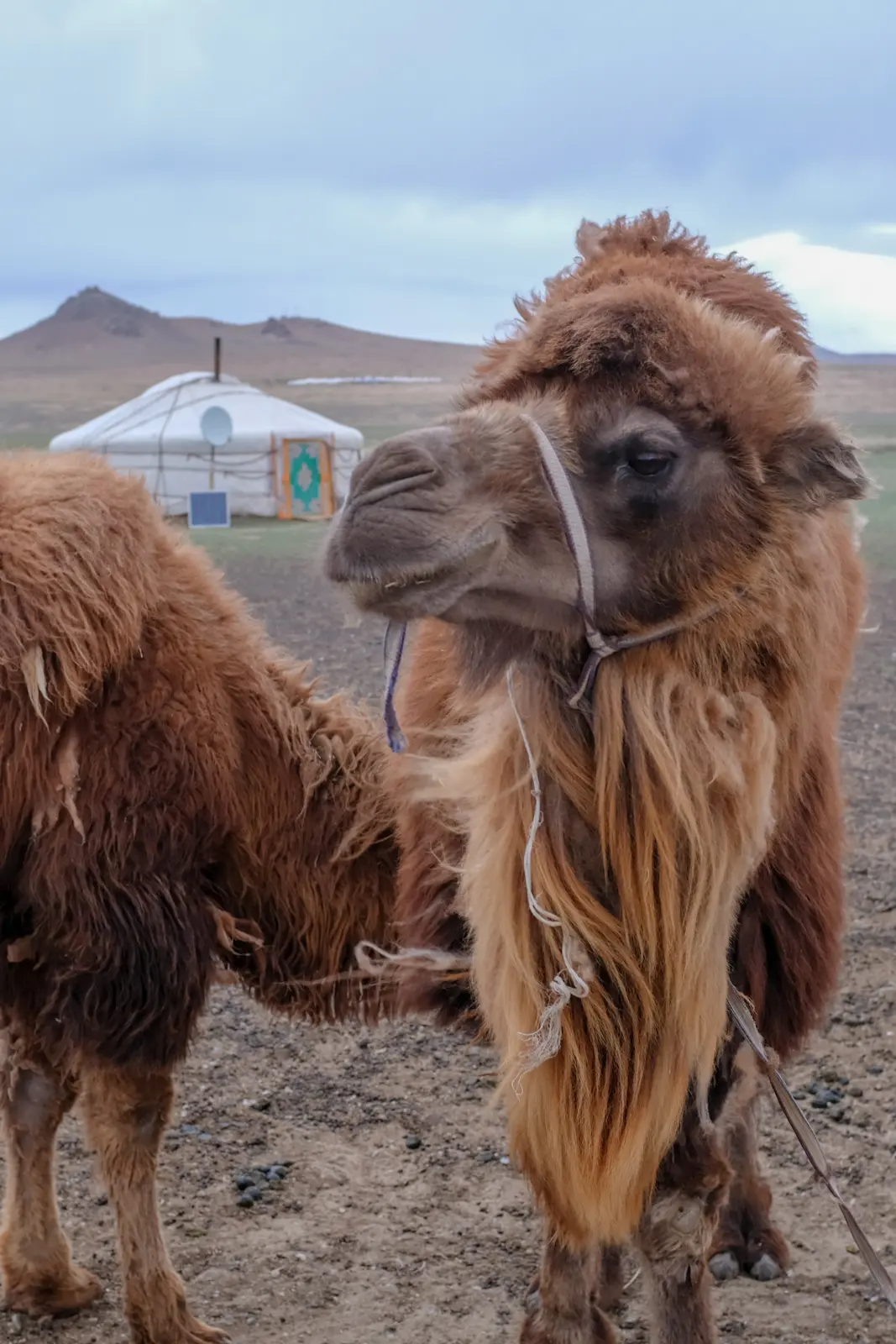
I was under the impression that the tour went to the Gobi, but apparently it's a day driving each way, but you get to see more in central Mongolia. Instead they took us to the "mini Gobi" which was epic.
On the first evening we were staying with Goat farmers and they took us out to the sand dunes on camels. On the journey to the sand dunes; I was sitting on the back of a camel, listening to the locals throat singing while in the middle of a snow storm and thought "damn, this is different from living in Banbury". These nomadic people on the steppe live a hardcore life and I have so much respect for that.

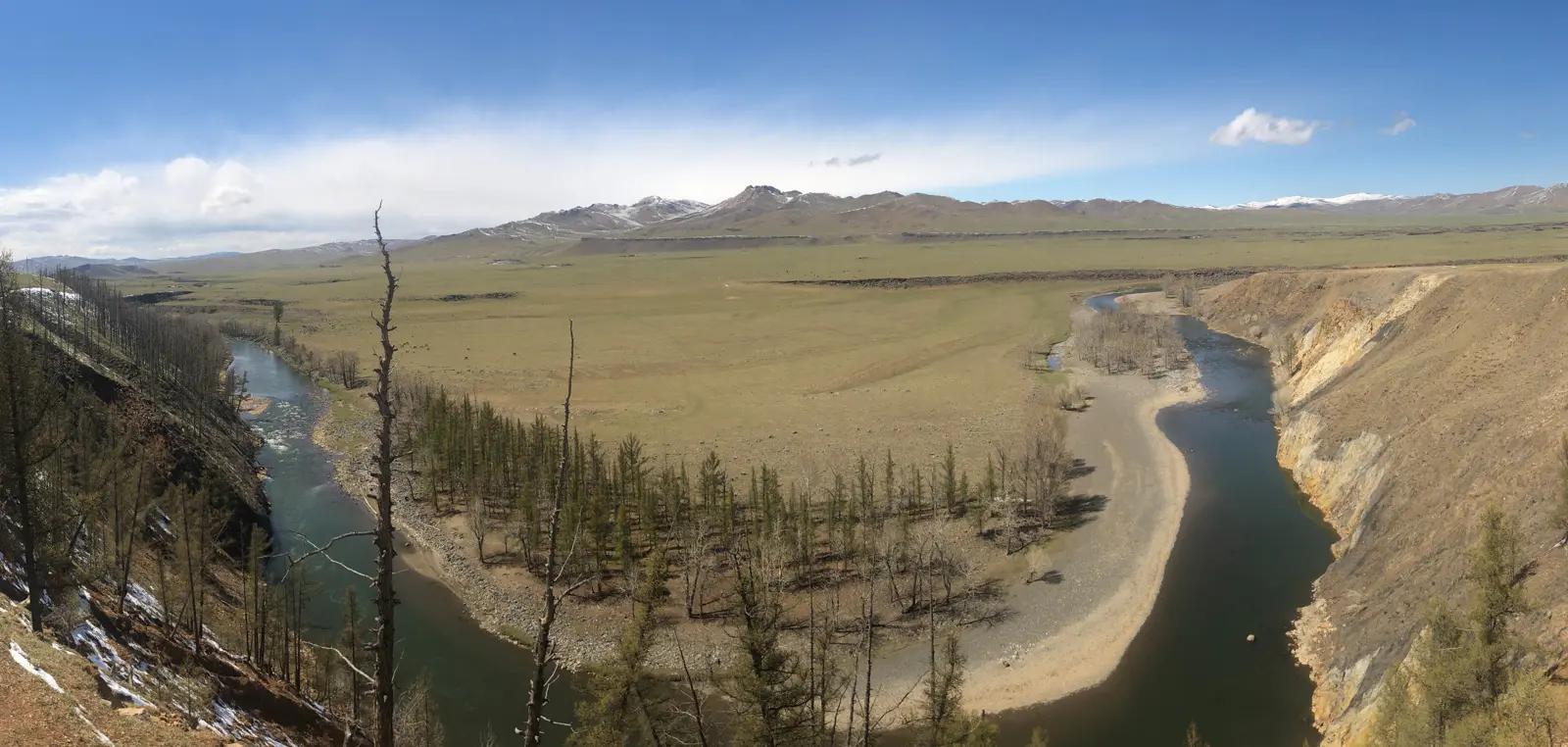

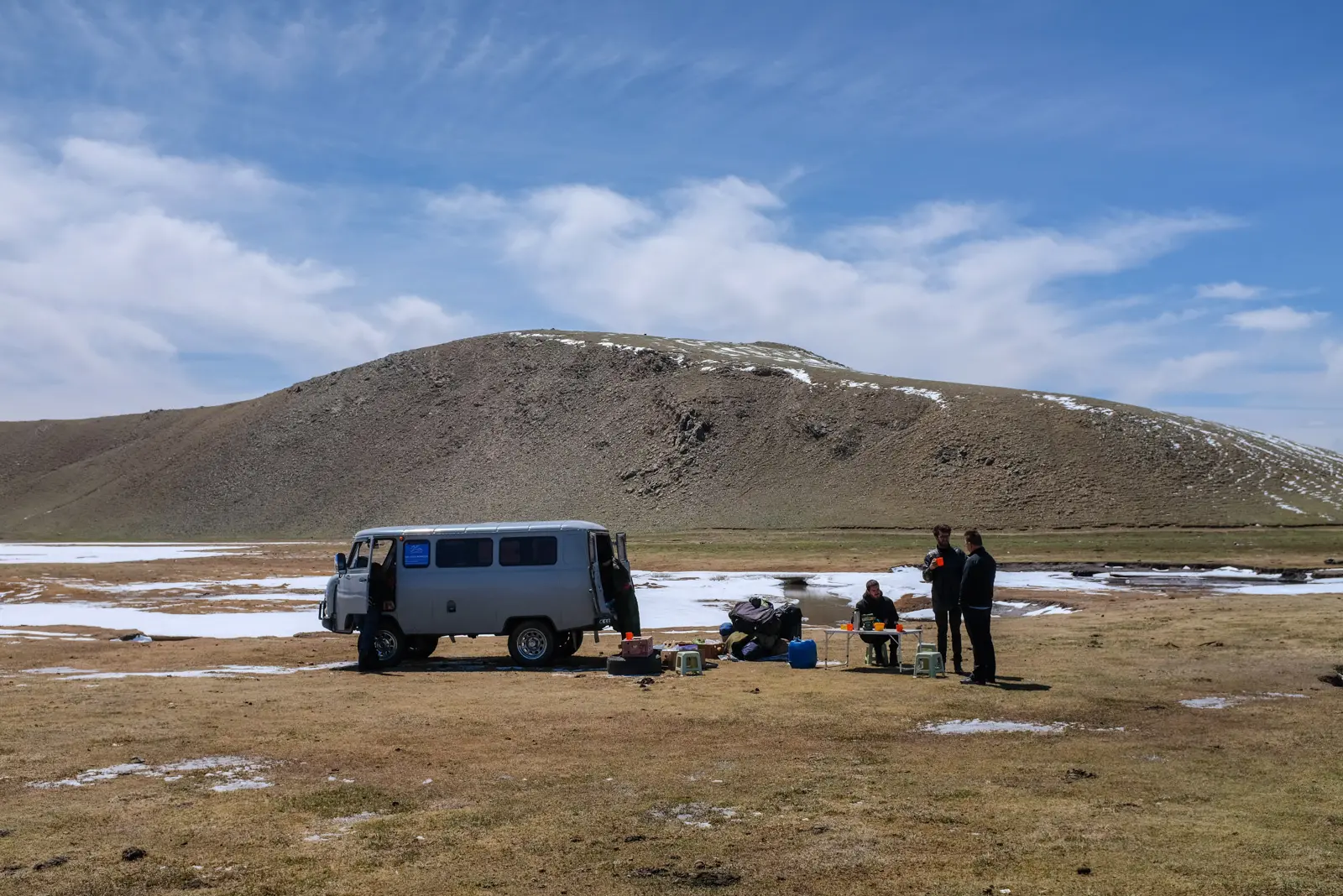
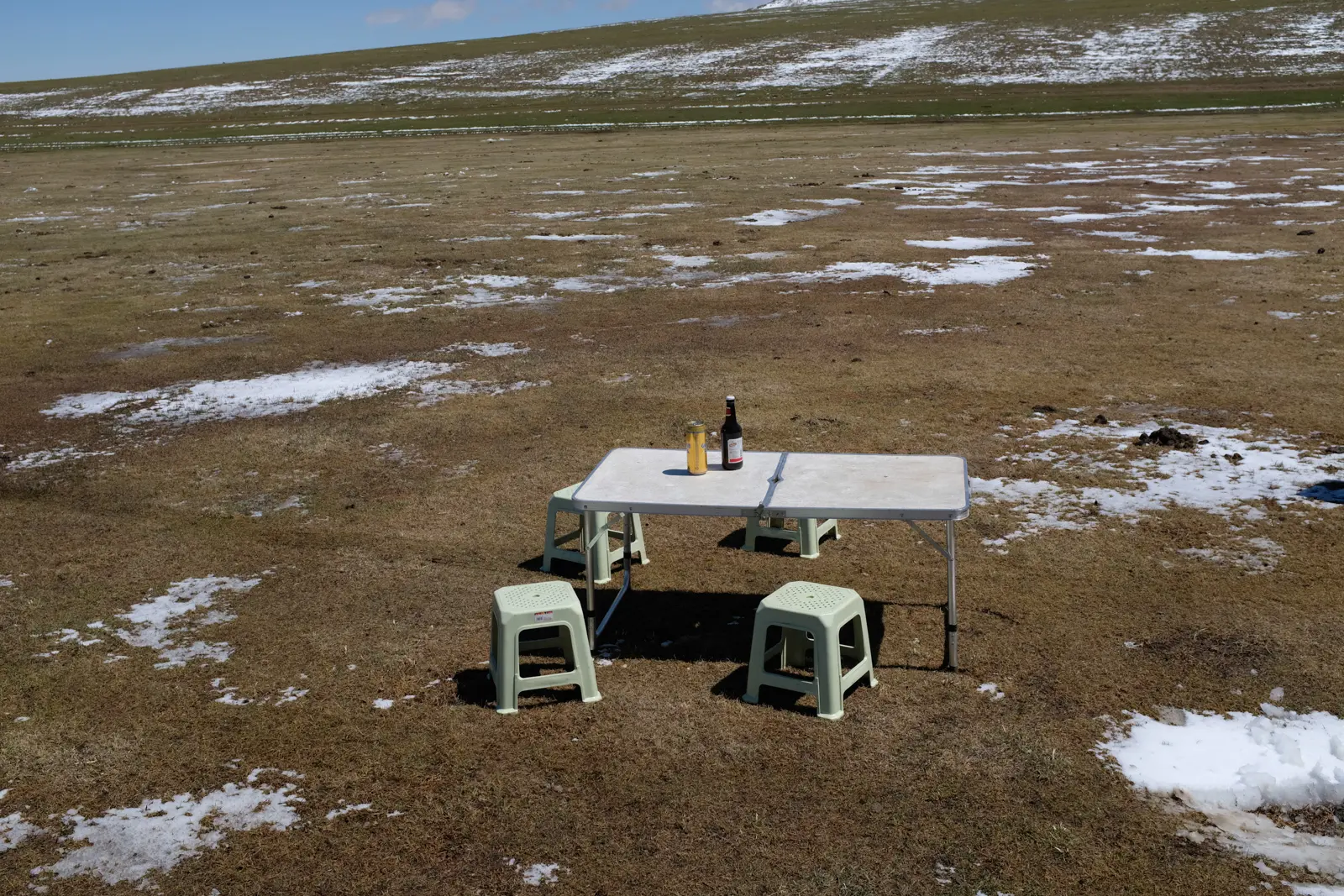
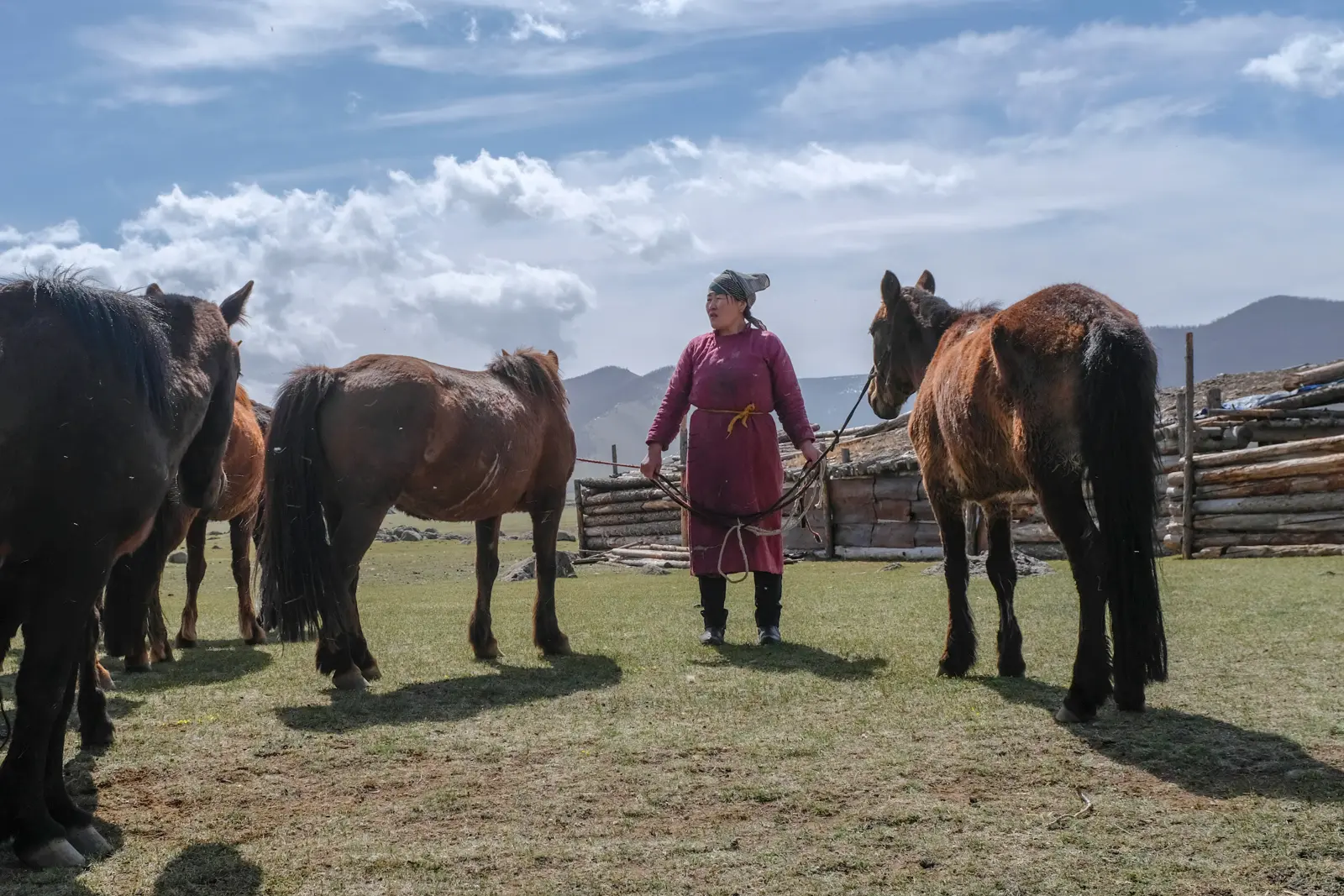
Orkhon Valley
Orkhon Valley sprawls alongside the banks of the Orkhon river. It has a long history in Mongolian culture and there is also references to Orkhon Valley throughout Turkic culture. Old Turkic script which is believed to be derived from Aramic was named after Orkhon Valley.
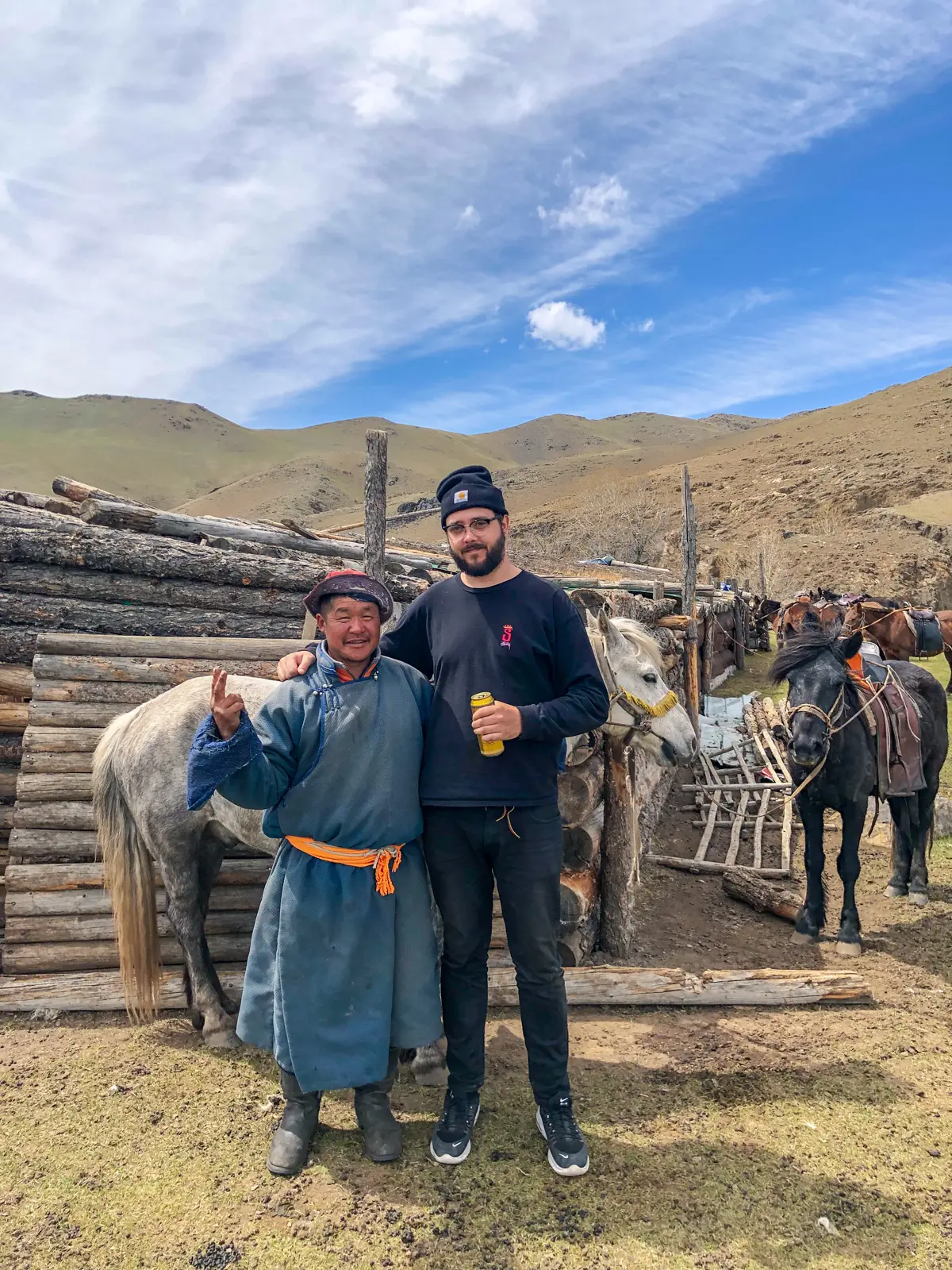

For me, the highlight of Mongolia was Orkhon Valley. We pulled off the main road at some point and drove off-road for about 2 hours along the valley and the scenery was so beautiful. Along the way we saw wild horses, lots of tamed horses and some Eagles.
Staying in the valley was amazing at night, it was so far from any towns that the sky had no light pollution and you could see the milky way.
Before heading to Orkhon Valley we stocked up on beers to give to our hosts and in exchange the hosts cooked us traditional Mongolian BBQ. They essentially just take rocks from a fire and place them into a big pot with lots of goat or lamb. The locals from nearby Ghers came over on their horses to join in with the BBQ. I gave the locals some beers and in exchange they offered me to ride their horses, I declined.
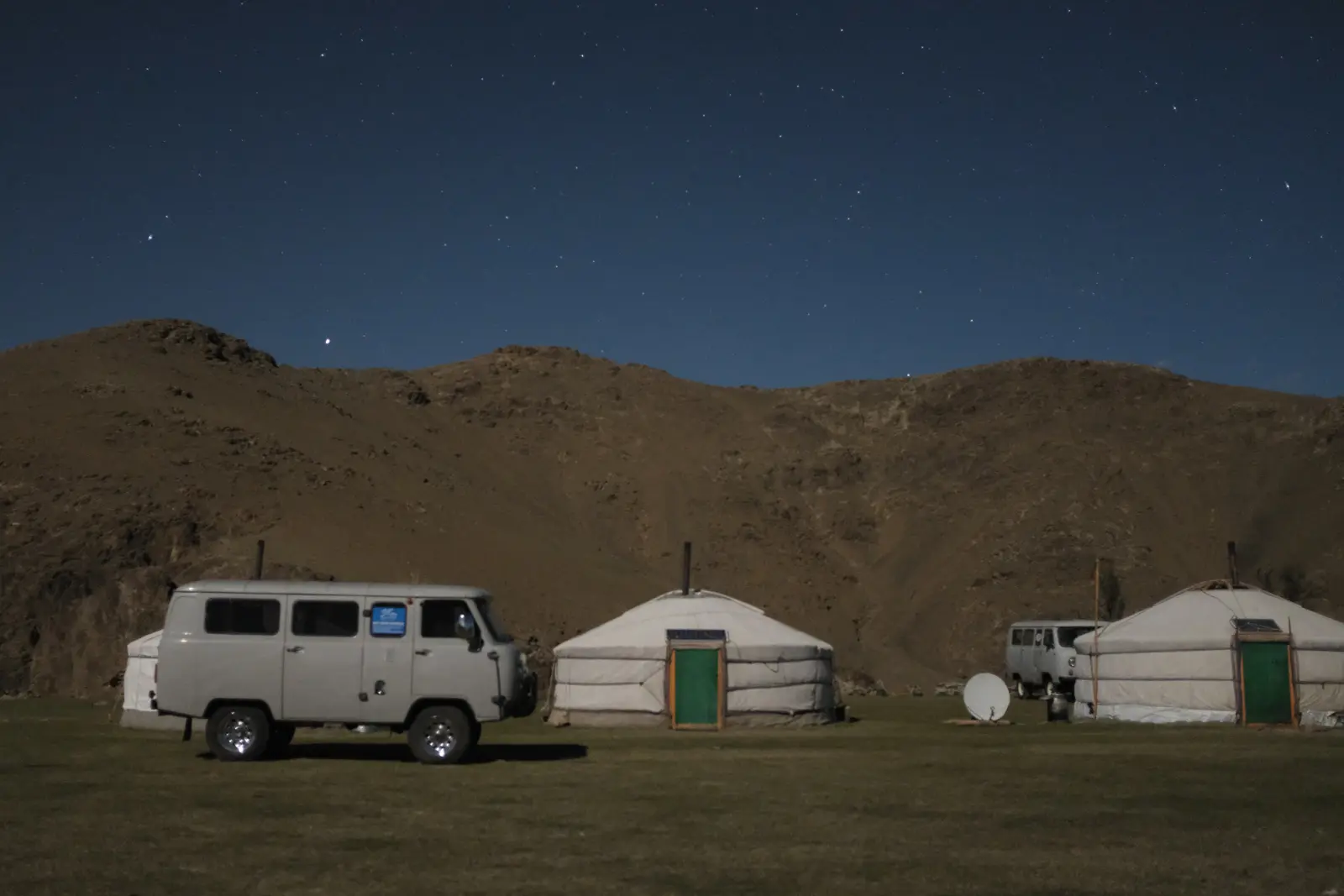

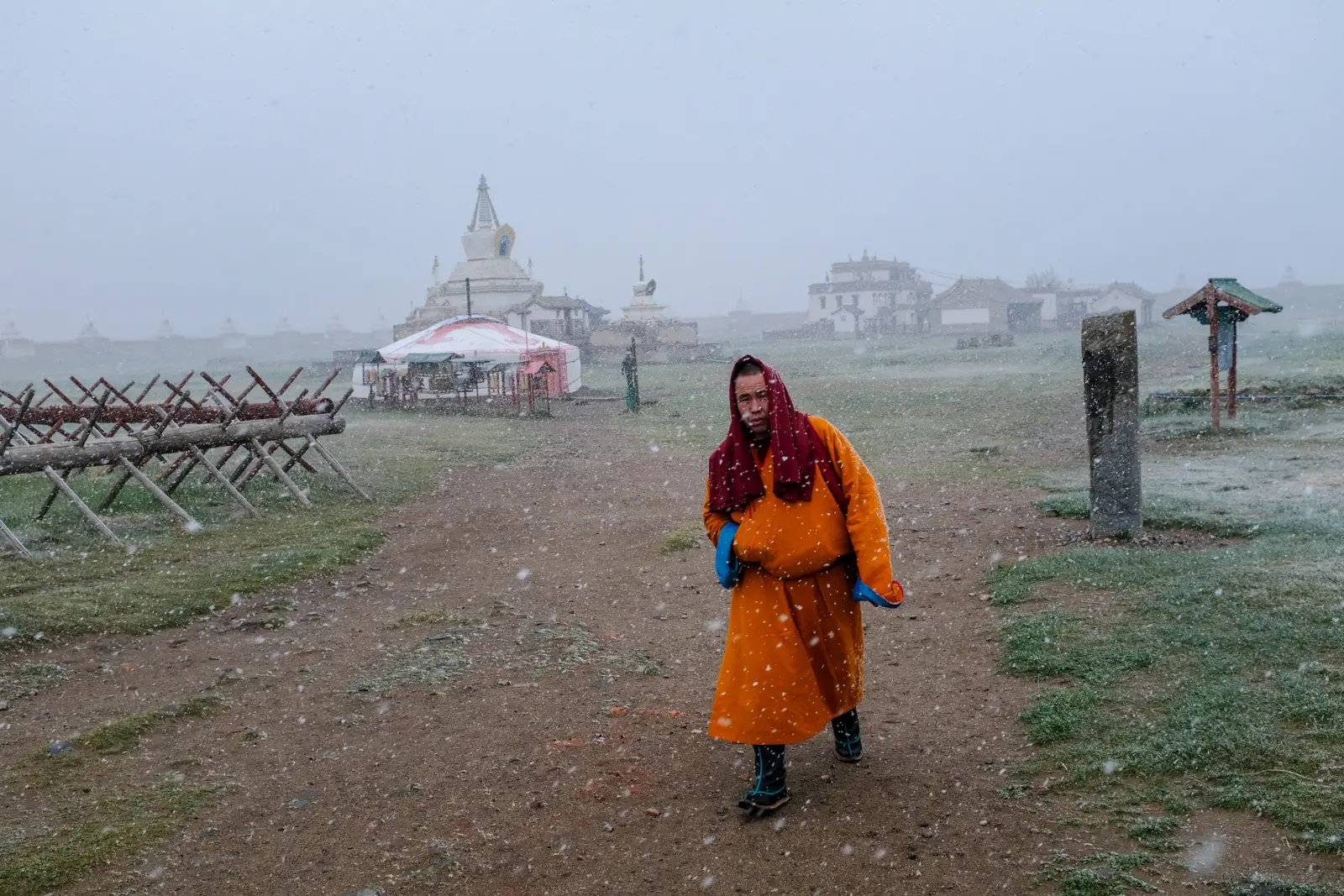
Karakorum: The Ancient Capital
After leaving Orkhon Valley, we stopped at Karakorum the way back to Ulaanbaatar. This was the capital city of the Mongolian empire about 800 years ago. There's not much to see there, we just visited a museum and Erdene Zuu Monastery, the oldest surviving monastery in Mongolia.
The museum had many historic maps of central and east Asia which also showed that for the most part; Mongolia, Manchuria, Tibet and Xinjiang were not part of China. Somehow Xi and his boys seem to think it is.

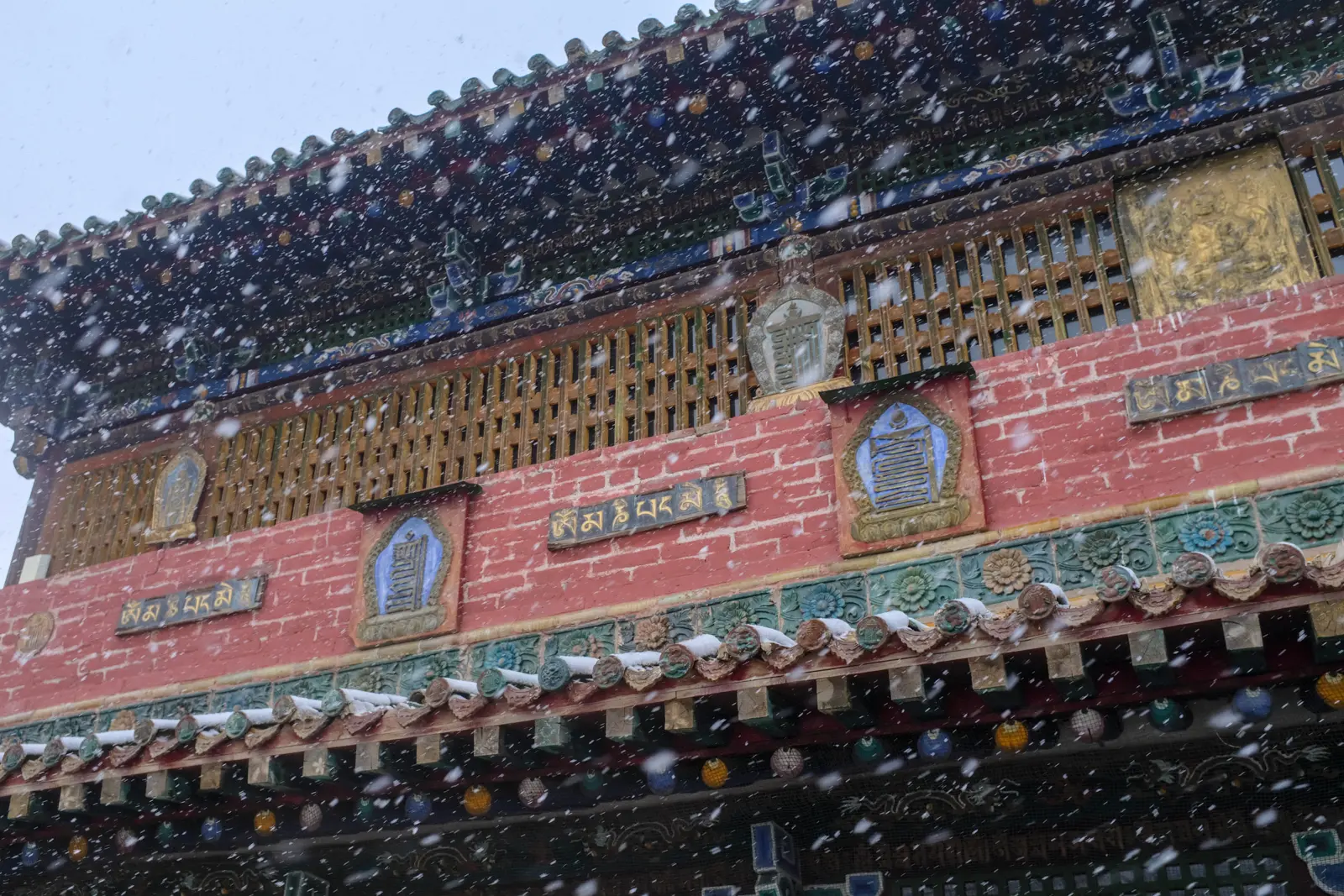
Ulaanbaatar
Ulaanbaatar is an interesting central Asian city with some quirks. I would love to live there for the whole summer and visit more of the different regions of the country. I would love to head out west to the Altai mountains, north to the reindeer tribes, see the eagle hunters and of course the epic countryside.
Some westerners I met thought that Ulaabbaatar was boring, the food was bad, the weather sucked and generally didn't have a good opinion about the place. For me, was the quirk of the place. Maybe it's a completely different city when it's below -30c in winter; but in summer it was fantastic.

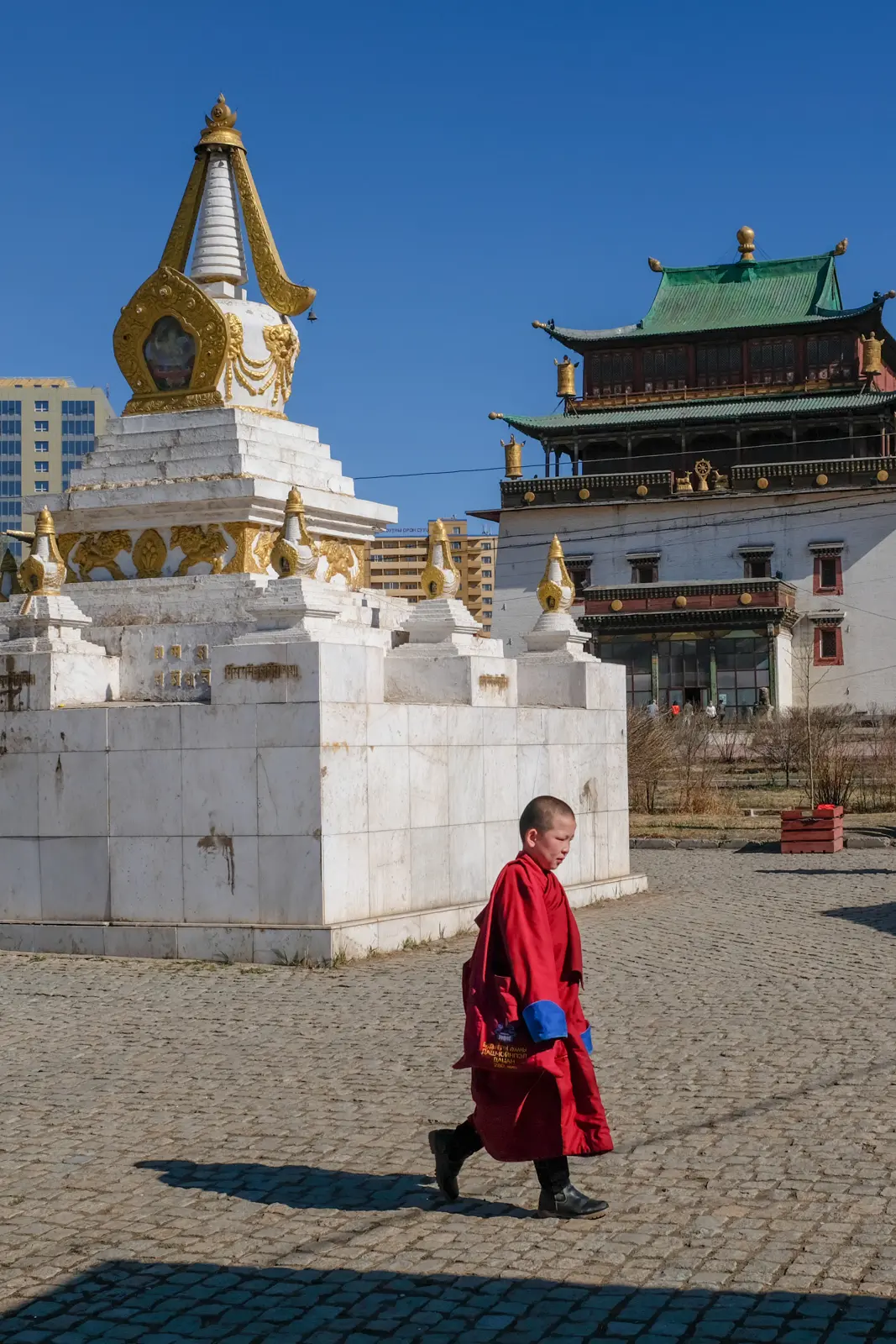
The Trans Siberian Railway
As soon as we arrived back into Ulaanbaatar, I picked up my Russian transit visa, met up with some friends and went out to some bar for some beers before jumping on the trans Siberian train.
Russia only allows you to apply for a tourist visa in your home country or country of residence, but you can apply for a transit visa. I had 7 days to get across Russia and leave the country. I had the option of stopping in somewhere half way along the journey and just one night in Moscow before leaving, or take the train all the way to Moscow and spend a few nights there. I opted to take the train all the way to Moscow and stay for a few days.
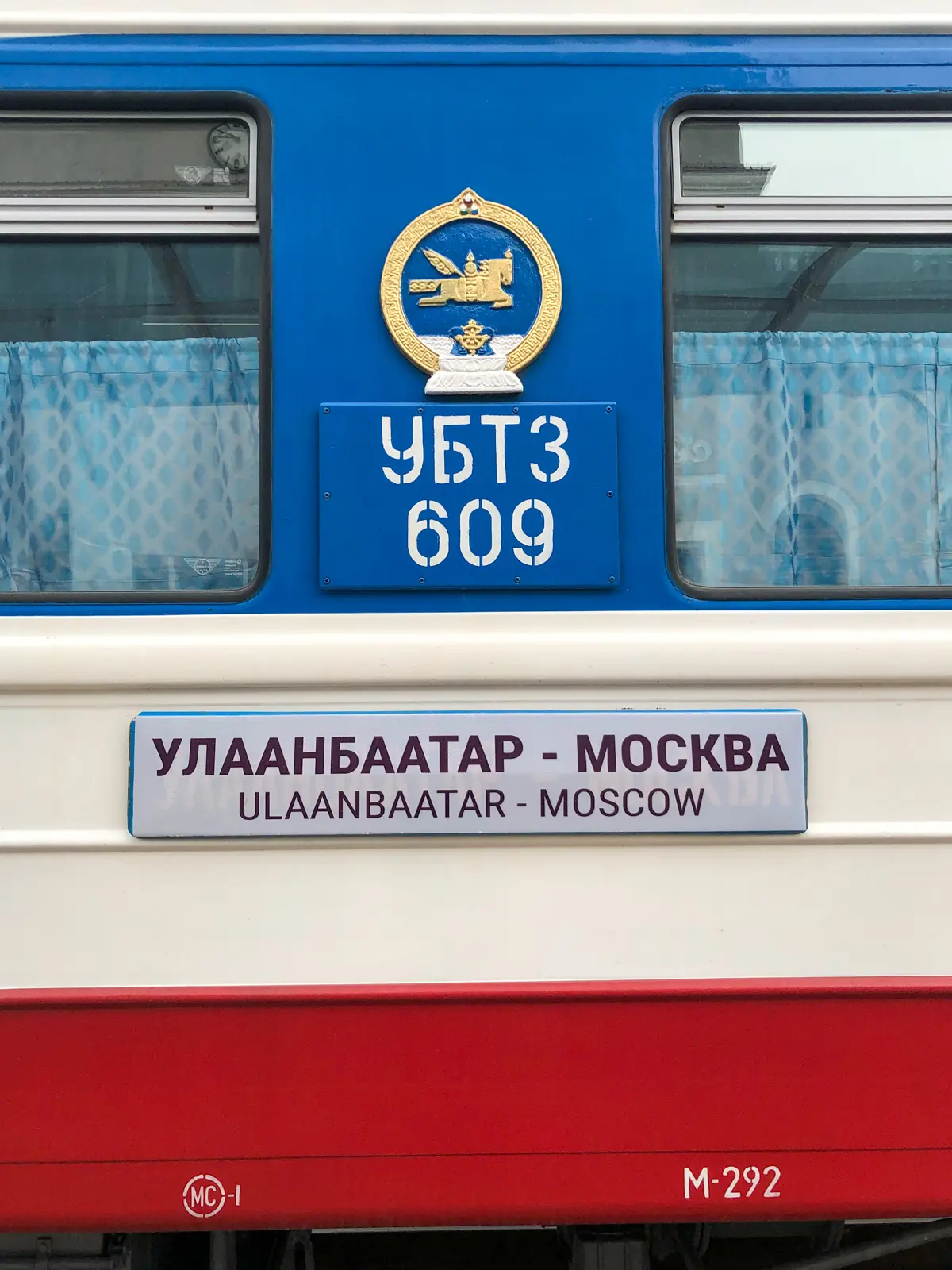
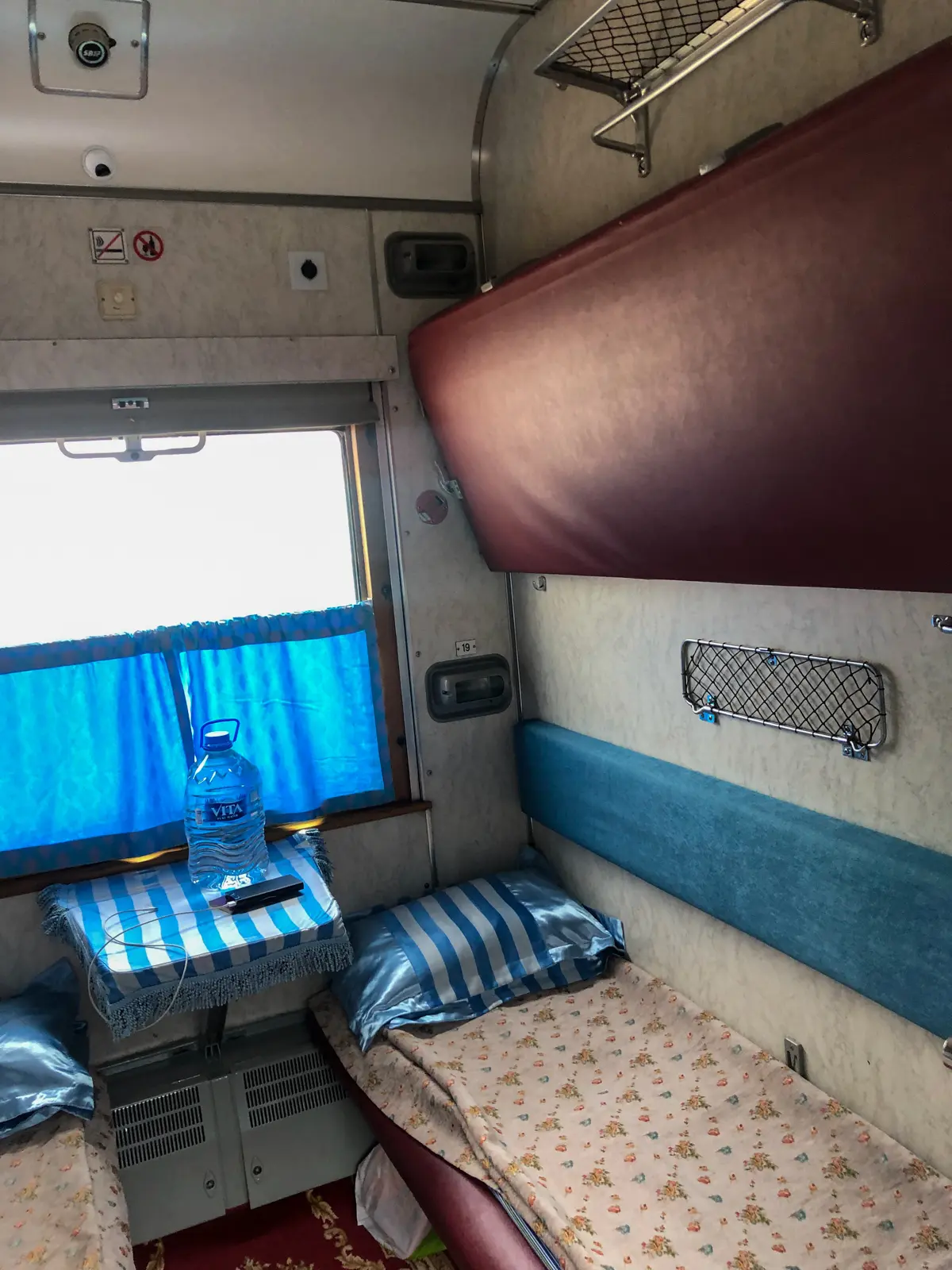
If anybody is interested in taking the train from Ulaanbaatar, the cost is about $150 for the sleeper. I shared the cabin with a Norwegian journalist that was traveling overland from Australia all the way back home to Oslo. He jumped out at Irkutsk after about a day or so and I had the cabin to myself for the remainder of the journey.
The journey is so relaxing and it was nice to not have internet for a few days. I made a friend with a Russian guy and his family and he turned out to be a super nice guy and a year later we still speak. I hope to visit Moscow again one day to meet up with him again.
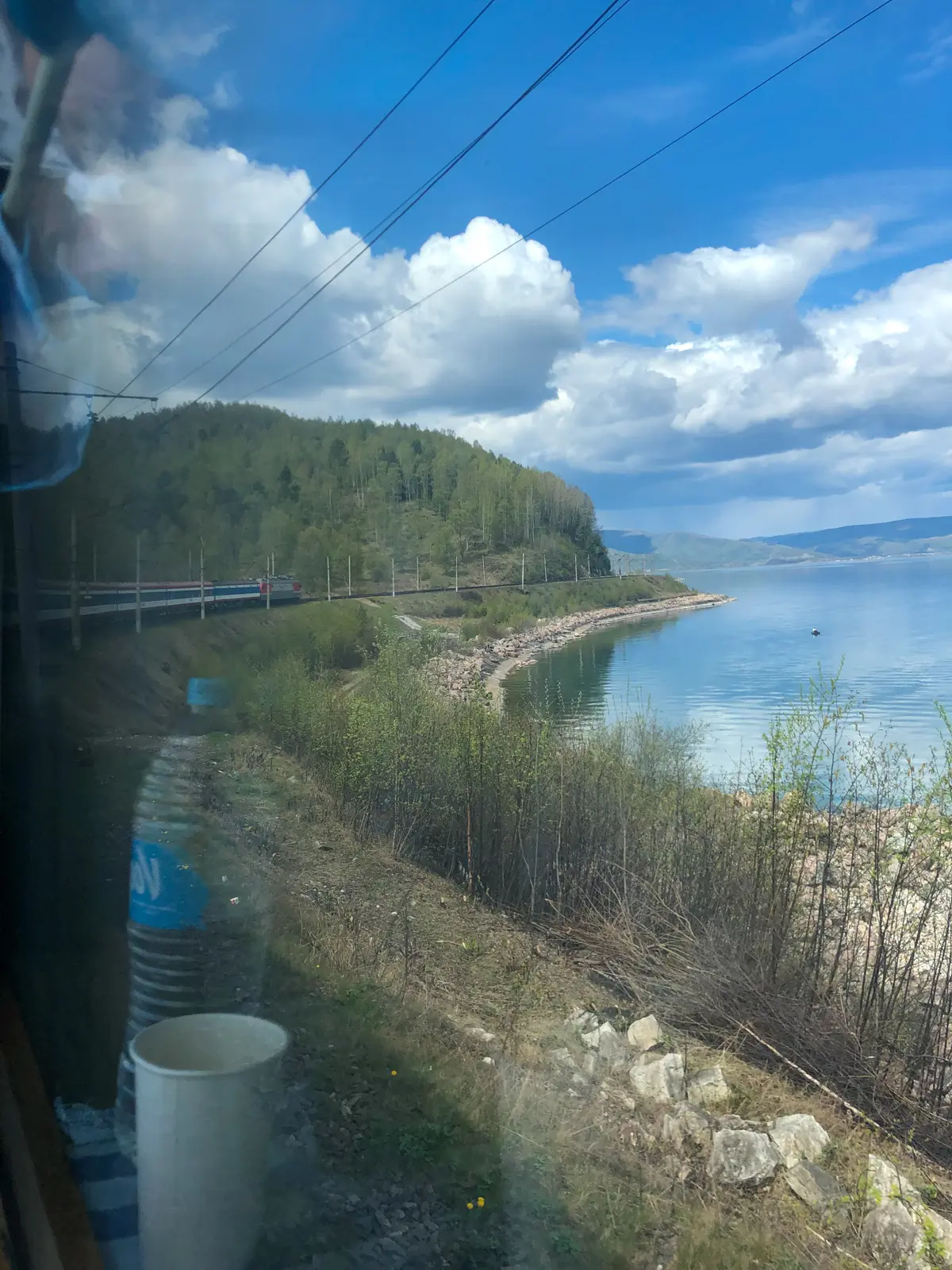
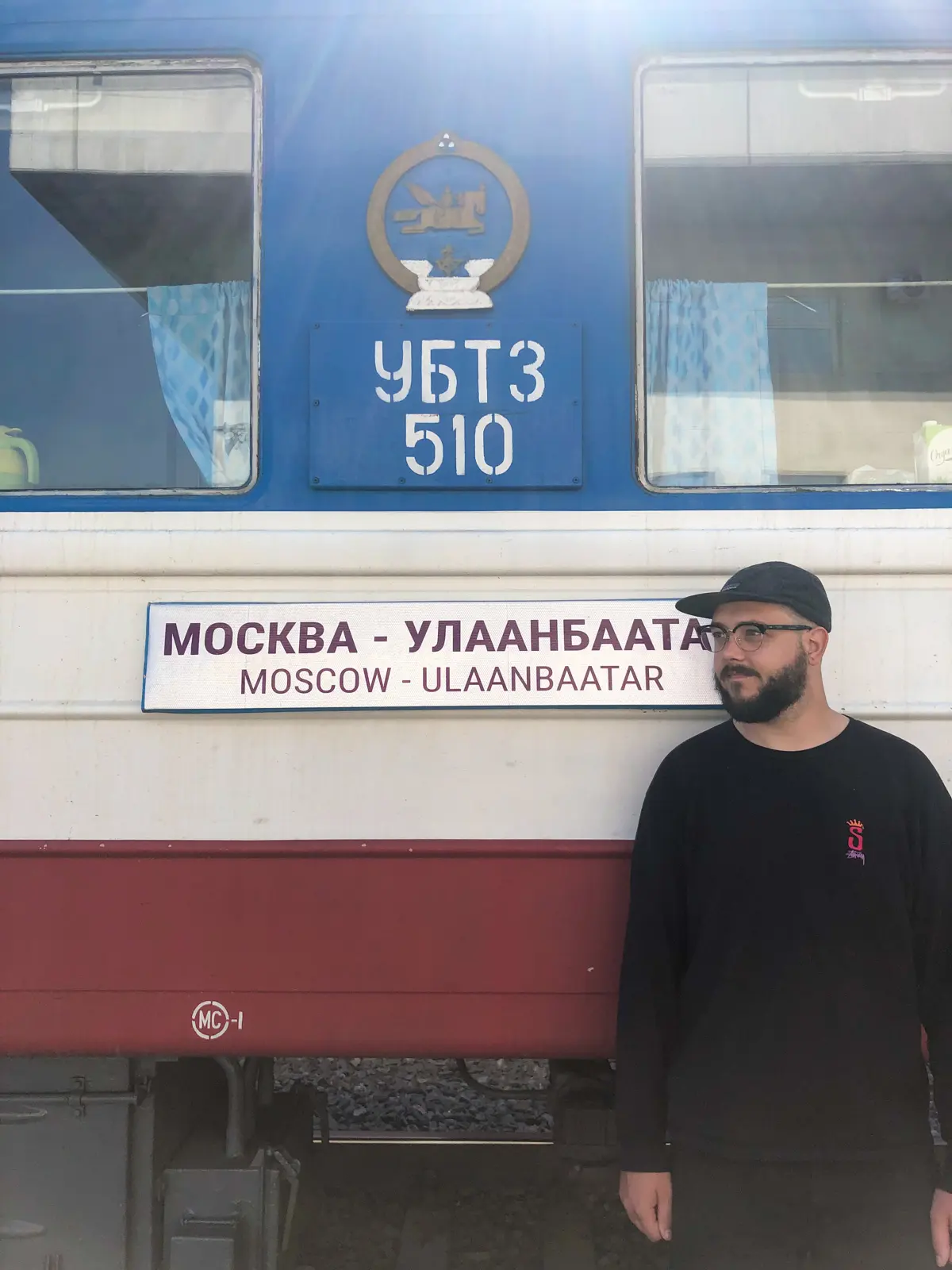
There's not much to do on the train all day. You can jump out of the train at each train station and stock up on supplies. In each carriage there is an attendant keeping it clean and looking after the passengers. They also sold food and beers which i'm sure they are not supposed to do. I guess it's a bit of extra income. The attendant in my train carriage would cooked me Mongolian food a few times a day for $2-3 a meal. The food was actually pretty good and definitely better than living off instant noodles and Pringles for 6 days.

Moscow
Moscow is a fantastic city and when I was there it was sunny and 28°C+ every day which is perfect for exploring. I would loved to have the opportunity to stay longer and head south to Ossetia and into Georgia, or perhaps head north to St Petersburg.
I got my tourist mode on and headed straight for red square.
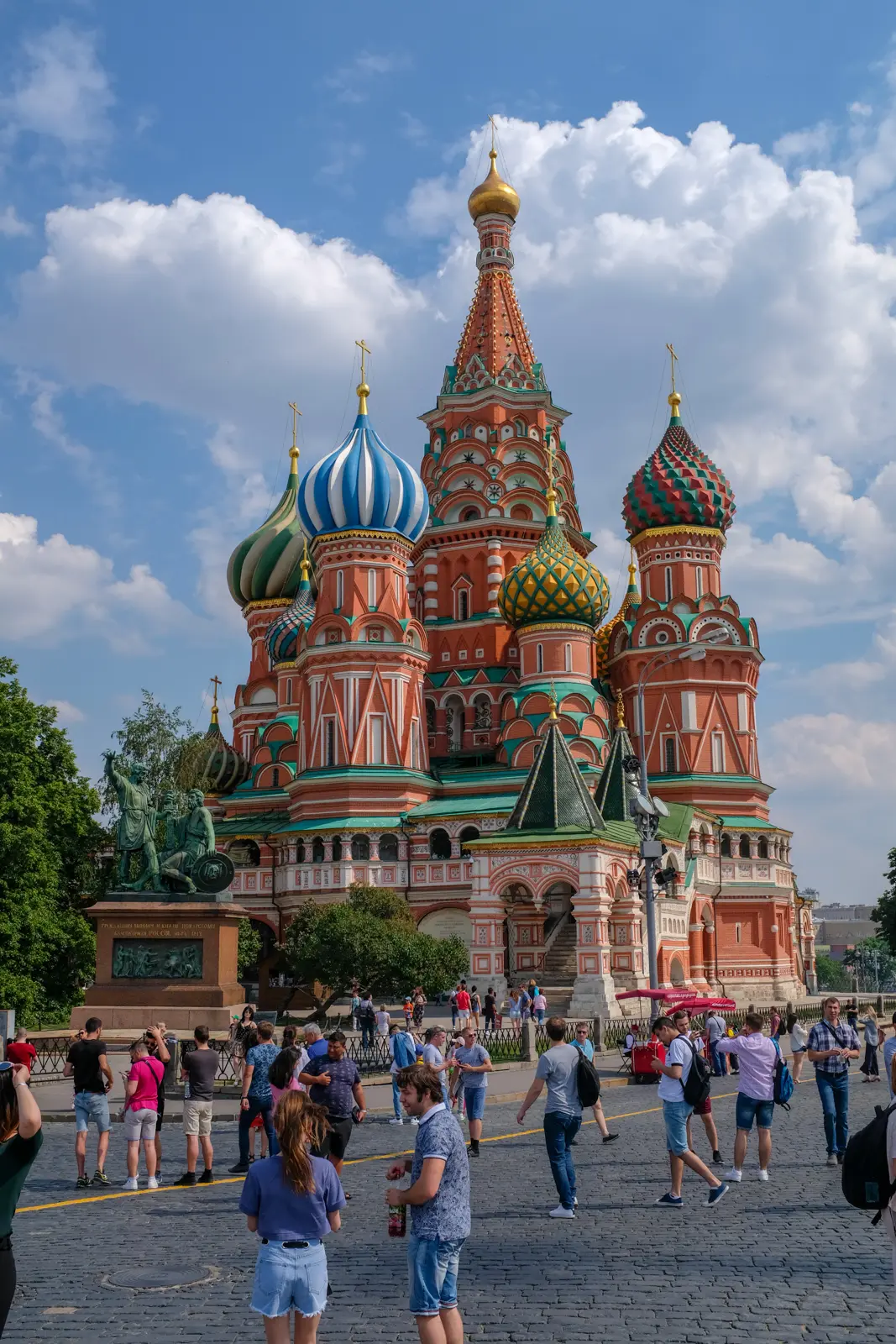
St. Paul's Cathedral is way more impressive in person.
In the middle of Red square you find the the mausoleum of Lenin. I got there just before it opened and decided to get into the queue. You can go inside and see Lenin laying there, preserved in a big case. Some people find that sort of thing morbid, but I think it's fascinating. I saw Ho Chi Minh in the mausoleum in Hanoi, I was planning to go and see Mao in Beijing, until I found out it's actually a fake. I wanted to see Kim-Il Sung in Pyongyang but there wasn't enough time.
Moscow is a mix of big modern glass buildings, brutalist soviet architecture, and traditional Russian style buildings. Along the river you see the seven sisters sky scrapers built by Stalin. You have the Kremlin, Red Square, St. Basil's Cathedral.
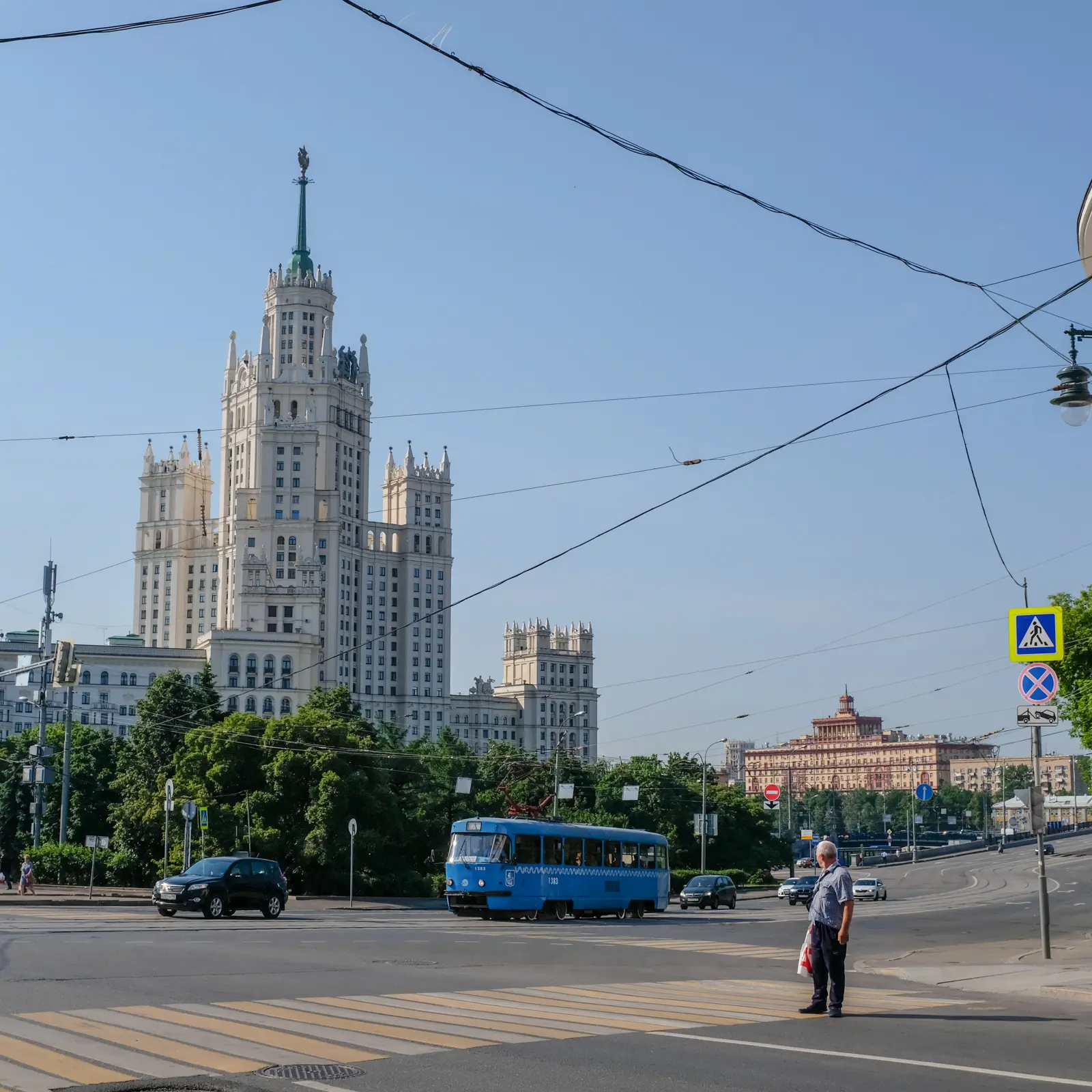
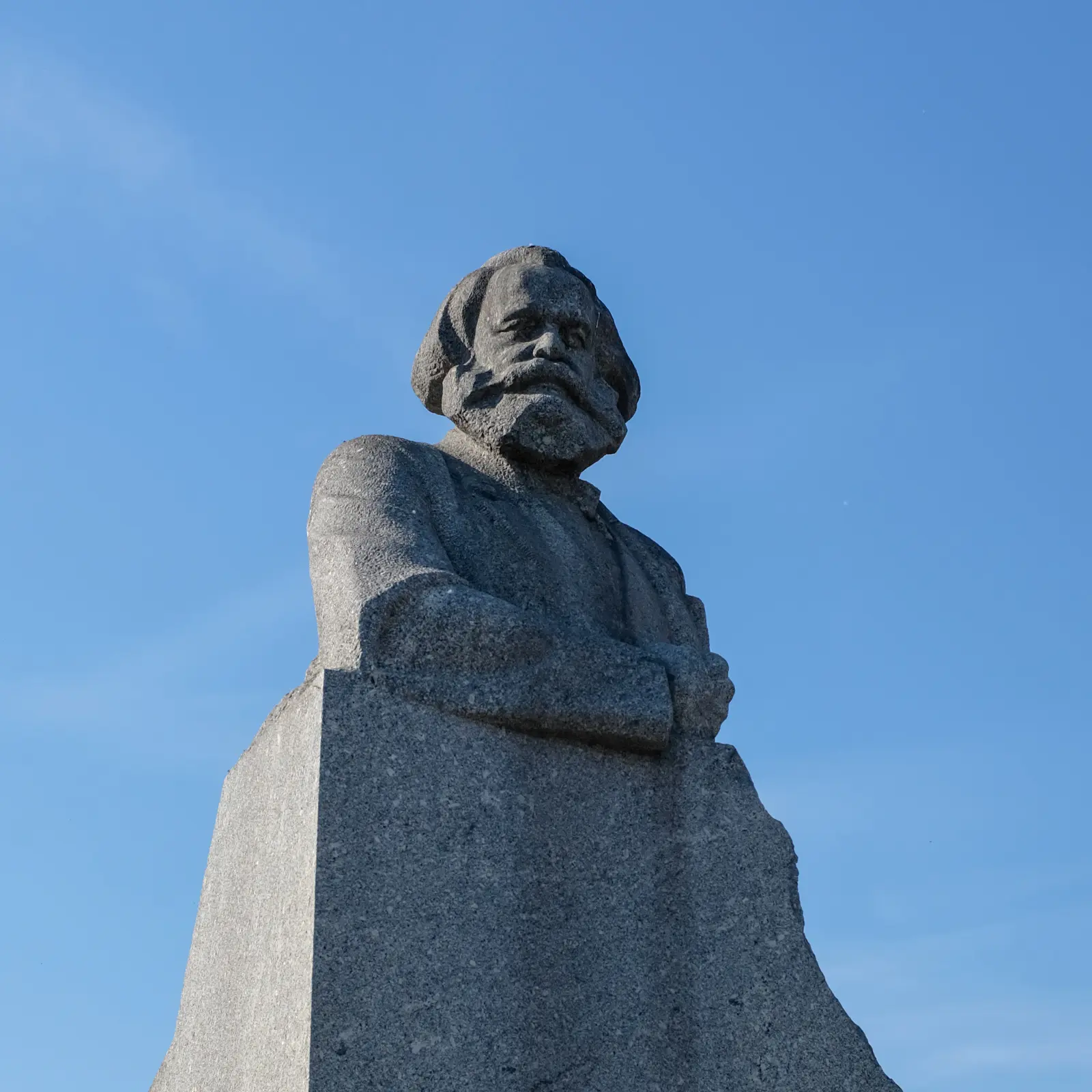

Returning to Europe
Moscow marked the end of my 7600km journey from Beijing to Moscow. Well the journey started in Pyongyang so maybe I am the first person take the train from Pyongyang to Moscow? Either way, the next step was to get out of Russia before my visa expired and make my way to Barcelona to start a new job.
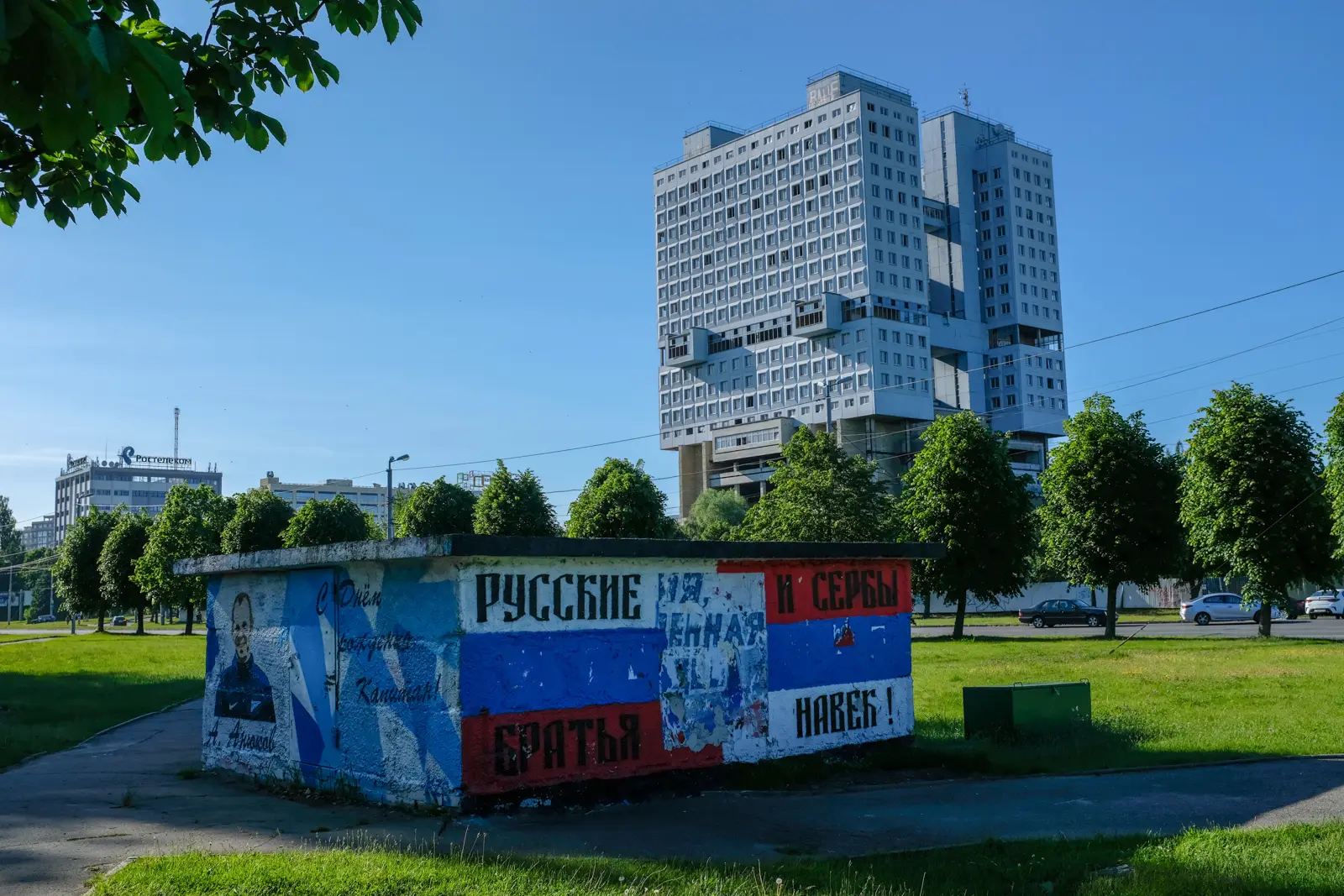
I originally planned to fly to Minsk, but apparently you cannot get a visa on arrival in Minsk when arriving from Russia. The nearest city outside of Russia was a 15 hour journey to Riga or 13 hour train journey to Kiev. Instead I chose to fly to Kaliningrad, for one night and then take the 2 hour bus across the border to Poland the next day.
If I had more time I would have traveled overland all the way to Barcelona. By this point I had been out of work for about a month and I had to get to Barcelona to find an apartment and get registered etc.
